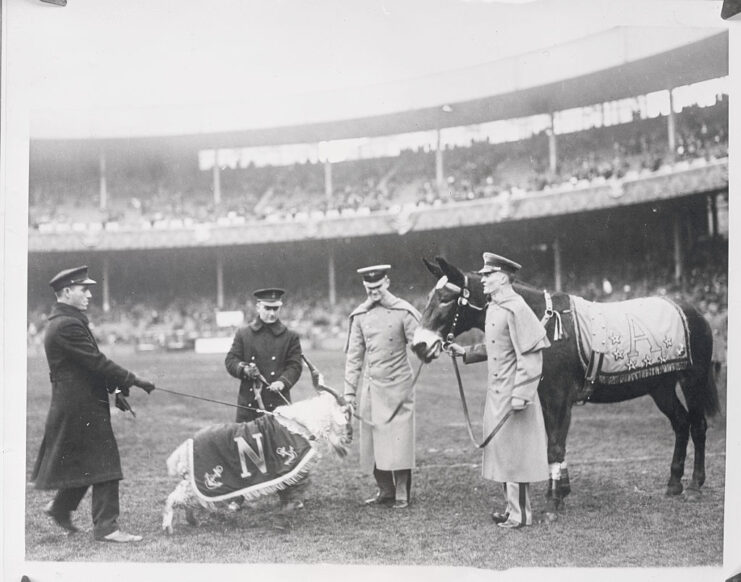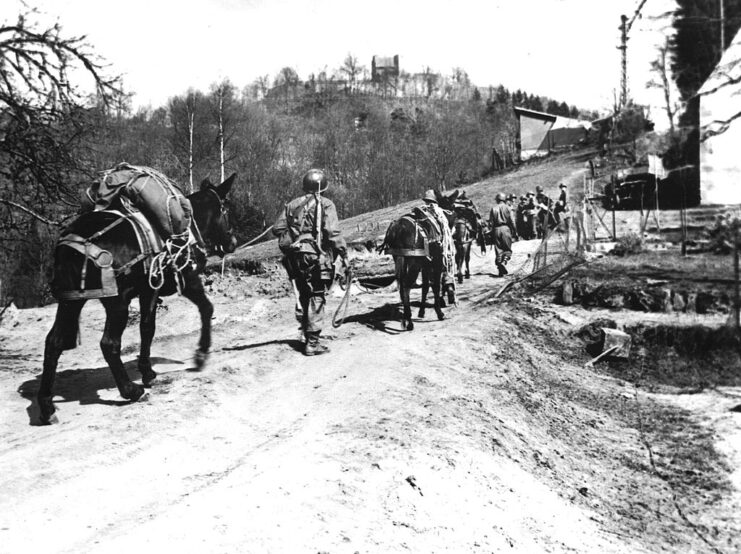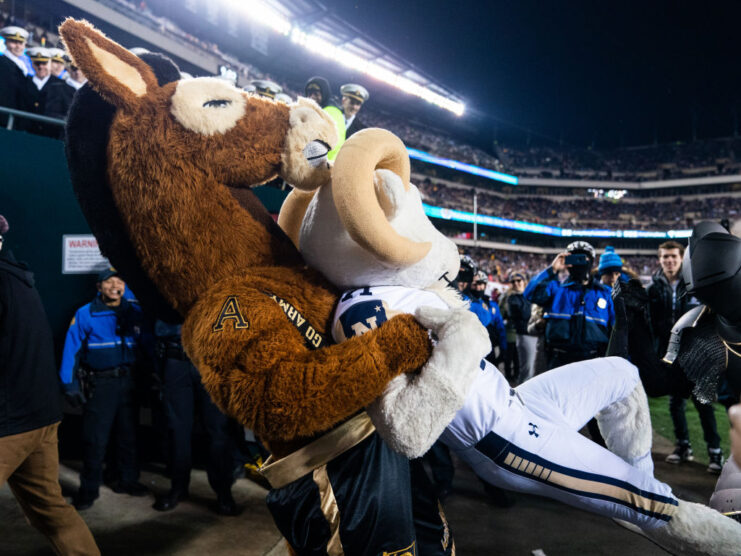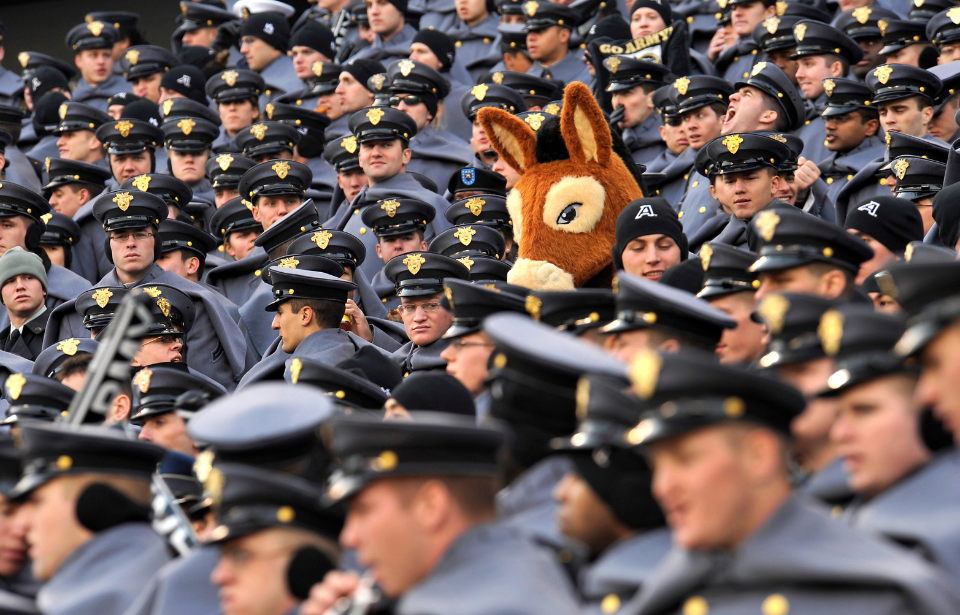Nothing screams team pride quite like a mascot. Even outside of athletics, many organizations usually adopt one as a symbol of good luck. The US Army mascot, in particular, is extremely unique. Instead of picking an elegant or ethereal creature, the service went with a strong, steadfast and reliable mule.
Discover how the Army’s mule came to be and why the mascot’s longest-standing rival is a goat.
Origins of the US Army’s mascot

To understand why this particular US Army mascot was chosen, you first have to learn about the long-standing rivalry between the service and the US Navy.
In 1899, the mule was chosen to represent the Philadelphia Quartermaster Depot, to counter the goat mascot that had been used by the US Naval Academy since 1893. While it’s commonly associated with the US Military Academy West Point, it’s actually the mascot for the entire Army.
Although this mascot has been in service since the early years, it wasn’t until 1936 that it became something special, thanks to the incredible Mr. Jackson, a mule that served with the Army and was its mascot for 12 years.
Over the last 124 years, there’ve been 18 different mules used as the Army’s mascot. Each West Point class selects one Mule Rider, totalling four overall. They’re responsible for looking after the animals each day and presenting them at ceremonial events.
Use of mules in the US military

While it might seem like a strange choice as a mascot, the mule was actually very logical. It made up an important part of the US military for a long time, primarily in the transport of materials. It was more common to use equines in the past, as can be seen by the heavy use of pack mules during the American Civil War, and they stuck around for a while.
Even as technology got better and Jeeps were put into use, they simply couldn’t cover all types of terrain quite like a mule.
They were used during the First and Second World Wars, often to move machine guns. A staggering 10,000 mules were also used by the United States during the Greek Civil War. While the US Army took over enemy mules when they were abandoned, soldiers didn’t bring their own into combat during the Korean War.
By 1956, the Army’s equine sections were demobilized, and many of the mules were sold to the National Park and Forest Services.
Goats versus mules

Since the mule mascot was created in response to the Bill the Goat, it’s no wonder the two have endured a decades-long feud, as if they didn’t already have a friendly competition between them. In fact, this rivalry reached a peak when a Naval Academy “assault team” stole West Point’s mules. You could argue that this was a valid retaliation, albeit much delayed, as the US Army stole Bill the Goat in 1953. He was brought back unharmed after President Dwight D. Eisenhower ordered his return.
In 1991, 17 midshipmen from the Naval Academy enacted Operation Missing Mascot in an attempt to steal the four Army mules. This was a bold undertaking, with the men even training themselves on how to handle mules. Their first attempt failed, but the second was a success.
Dressed in Army and military police uniforms, they divided into three teams – Alpha, Bravo and the mule handlers. They were able to load the animals onto their vehicle and get them off the property, although they had to restrain a sergeant with duct tape and zip ties in the process.
More from us: James Stewart Paused His Hollywood Career to Bomb German Strongholds In Europe
While no human or mule was hurt during the heist, this eventually forced the two schools – and military branches – to call a truce. However, that certainly hasn’t stopped the two costumed mascots from playing up their rivalry at school football games.
